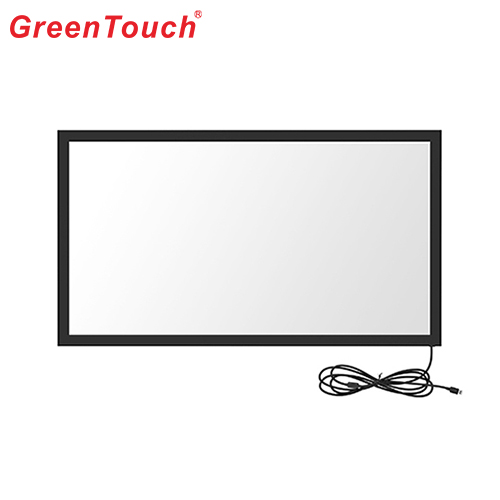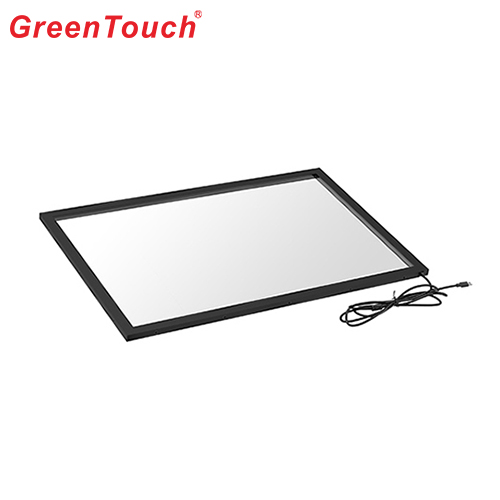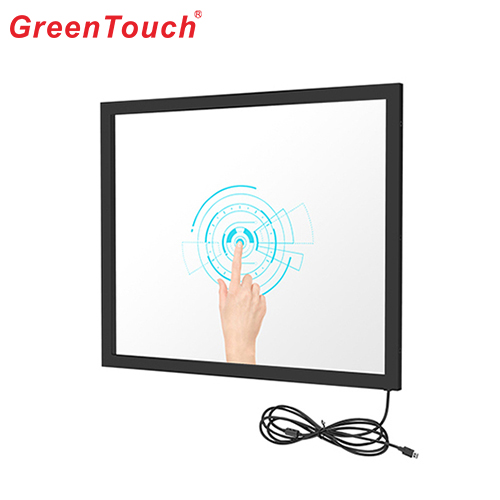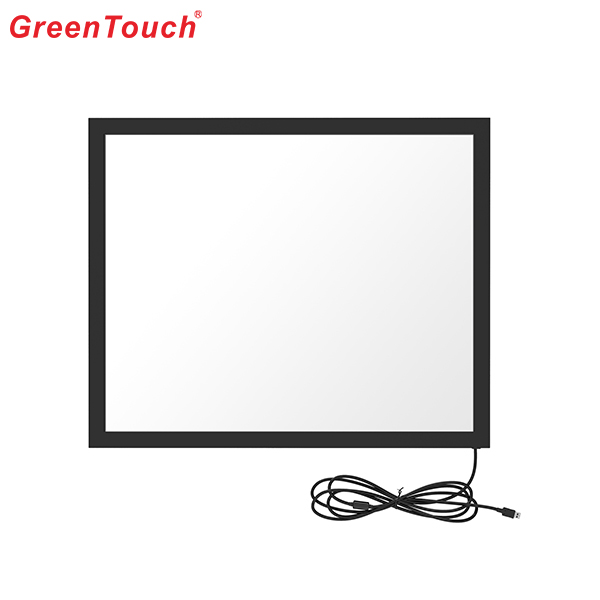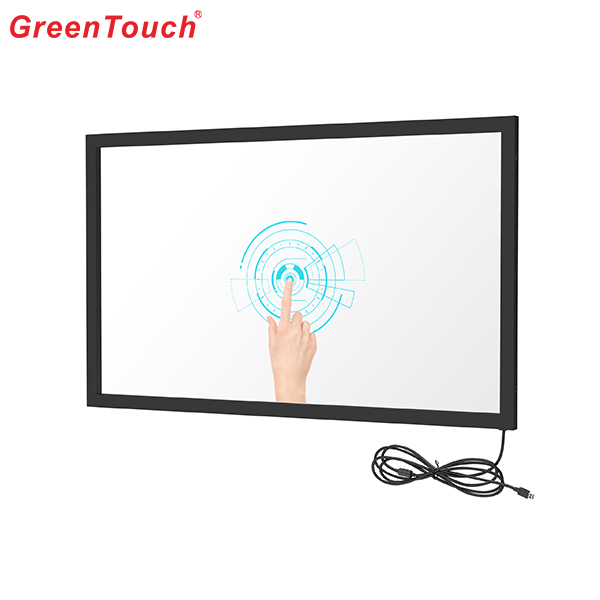Conventional LEDs are generally bracket type, encapsulated in epoxy resin, with low power, and the overall luminous flux is not large, and the high brightness can only be used as some special lighting. With the development of LED chip technology and packaging technology, in response to the demand for high-light flux LED products in the lighting field, power LEDs have gradually entered the market. The power type LED generally has a light emitting chip placed on a heat sink, and an optical lens is assembled thereon to achieve a certain optical spatial distribution, and the lens is filled with a low stress flexible silicone. Power LEDs have to enter the field of lighting to achieve daily lighting in the home. There are still many problems to be solved, the most important of which is luminous efficiency. At present, the highest lumen efficiency reported by power LEDs on the market is around 50 lm/W, which is far from the requirements of household daily lighting. In order to improve the luminous efficiency of power LED, on the one hand, the efficiency of the light-emitting chip needs to be improved; on the other hand, the packaging technology of power LED needs to be further improved, starting from structural design, material technology and process technology, and improving the product. Package light extraction efficiency. Package elements that affect light extraction efficiency 1. Heat dissipation technology For a light-emitting diode composed of a PN junction, when a forward current flows from the PN junction, the PN junction has a heat loss, which is radiated into the air via a bonding glue, a potting material, a heat sink, etc., in the process. Some materials have thermal impedance that blocks heat flow, that is, thermal resistance, which is a fixed value determined by the size, structure, and material of the device. Let the thermal resistance of the LED be Rth (°C/W) and the heat dissipation power be PD(W). At this time, the PN junction temperature rise due to the heat loss of the current is: T (°C) = Rth × PD. The PN junction temperature is: TJ=TA+Rth×PD Where TA is the ambient temperature. As the junction temperature rises, the probability of PN junction luminescence recombination decreases, and the brightness of the LED decreases. At the same time, due to the increase in temperature rise due to heat loss, the brightness of the LED will no longer continue to increase proportionally with the current, indicating thermal saturation. In addition, as the junction temperature rises, the peak wavelength of the luminescence will also drift toward the long wavelength, about 0.2-0.3 nm/°C, which is for the white LED obtained by mixing the YAG phosphor coated with the blue chip. Drift causes a mismatch with the excitation wavelength of the phosphor, thereby reducing the overall luminous efficiency of the white LED and causing a change in the white color temperature. For power LEDs, the drive current is generally several hundred milliamperes or more, and the current density of the PN junction is very large, so the temperature rise of the PN junction is very obvious. For packaging and applications, how to reduce the thermal resistance of the product, so that the heat generated by the PN junction can be dissipated as soon as possible, not only can improve the saturation current of the product, improve the luminous efficiency of the product, but also improve the reliability and life of the product. . In order to reduce the thermal resistance of the product, the choice of packaging materials is particularly important, including heat sinks, adhesives, etc., the thermal resistance of each material is low, that is, the thermal conductivity is required to be good. Secondly, the structural design should be reasonable, the thermal conductivity between the materials should be continuously matched, and the thermal connection between the materials is good, avoiding the heat dissipation bottleneck in the heat conduction channel and ensuring the heat is dissipated from the inner to the outer layer. At the same time, it is necessary to ensure that the heat is dissipated in time according to the pre-designed heat dissipation channel. 2. Filling glue selection According to the law of refraction, when light is incident from the optically dense medium to the light-diffusing medium, when the incident angle reaches a certain value, that is, greater than or equal to the critical angle, full emission occurs. In the case of a GaN blue chip, the refractive index of the GaN material is 2.3. When light is emitted from the inside of the crystal to the air, the critical angle θ0 = sin-1 (n2/n1) according to the law of refraction. Where n2 is equal to 1, ie the refractive index of air, and n1 is the refractive index of GaN, from which the critical angle θ0 is calculated to be approximately 25.8 degrees. In this case, the light that can be emitted is only the light within the solid angle of the incident angle ≤ 25.8 degrees. It is reported that the external quantum efficiency of the current GaN chip is about 30%-40%, and therefore, due to the internal absorption of the chip crystal. The proportion of light that can be emitted outside the crystal is small. It is reported that the external quantum efficiency of GaN chips is currently around 30%-40%. Similarly, the light emitted by the chip is transmitted through the encapsulating material to the space, and the effect of the material on the light extraction efficiency is also considered.
GreenTouch infrared touch screen uses the high quality of transparent glass so it has excellent clarity, resolution, light transmittance and reliability. Even though there are some scratches on the surface of glass,it can still work normally. The surface of the screen has no surface coating on the plastic film or moving parts, so there is no parts will wear consumption during the usage.infrared touchscreen ensures stable performance without any ghost spots or drift.The operation is sensitive, through finger, glove, passive stylus and other opaque objects can perform accurate touch input. a high-precision IR Touch Screen.
Pictures show:
Multi Point Infrared Touch Screen,Smart ​Infrared Touch Screen,Infrared Touch Frame Technology,Touch Screen Frame For Tv,Infrared Touch Screen Panel,IR Touch Screen ShenZhen GreenTouch Technology Co.,Ltd , https://www.bbstouch.com